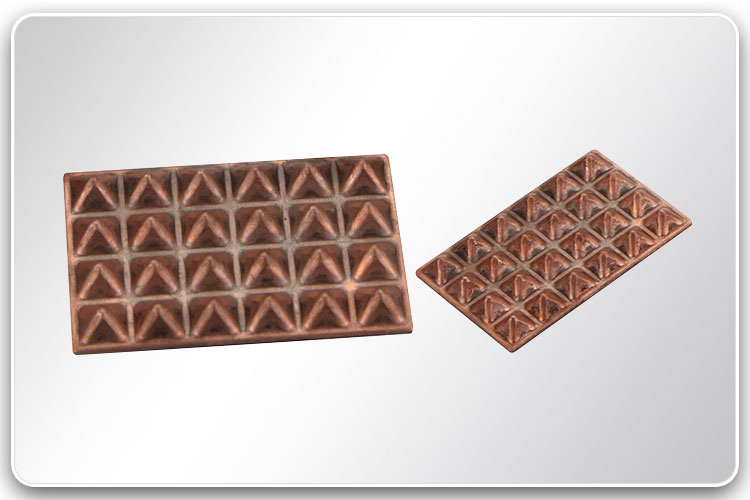Exploring the Versatility of Copper Stamping Parts: Applications Across Industries
2024-02-19
Introduction:
Copper stamping parts play a vital role in various industries due to their unique properties and versatility. From electrical components to decorative elements, copper stamping parts are used in a wide range of applications. In this blog post, we'll delve into the specific applications where copper stamping parts are commonly utilized and the reasons behind their popularity in each sector.
Electrical and Electronics Industry:
One of the primary applications of copper stamping parts is in the electrical and electronics industry. Copper's excellent conductivity makes it an ideal material for manufacturing electrical components such as connectors, terminals, busbars, and circuit boards. Copper stamping parts are used in power distribution systems, electrical wiring, electronic devices, and printed circuit boards (PCBs). Their precise dimensions, high conductivity, and reliability ensure efficient electrical performance and connectivity in various applications.
Automotive Industry:
In the automotive industry, copper stamping parts are employed in a variety of components, including gaskets, seals, terminals, connectors, and heat exchangers. Copper's thermal conductivity and corrosion resistance make it suitable for applications such as engine cooling systems, exhaust systems, and electrical connections. Copper stamping parts contribute to the reliability, durability, and efficiency of automotive systems, helping to improve overall performance and longevity.
Plumbing and HVAC Systems:
Copper stamping parts are widely used in plumbing and HVAC (heating, ventilation, and air conditioning) systems due to copper's antimicrobial properties, corrosion resistance, and durability. Copper fittings, couplings, valves, and tubing are commonly stamped and formed to create intricate shapes and configurations for plumbing and HVAC applications. Copper's ability to withstand high temperatures and pressures, as well as its compatibility with potable water, makes it a preferred choice for residential, commercial, and industrial plumbing systems.
Decorative and Architectural Applications:
Copper stamping parts are also utilized in decorative and architectural applications to add aesthetic appeal and functionality to buildings and structures. Decorative elements such as ornamental trim, embossed panels, signage, and hardware are often stamped from copper sheets to create intricate designs and patterns. Copper's lustrous appearance, malleability, and ability to develop a natural patina over time make it a popular choice for architectural accents, interior decor, and artistic installations.
Telecommunications and Networking Equipment:
In the telecommunications and networking industry, copper stamping parts are integral components of communication devices, networking equipment, and data transmission systems. Copper connectors, terminals, shielding, and antennas are stamped and formed to meet the demanding requirements of high-speed data transmission, signal integrity, and electromagnetic interference (EMI) shielding. Copper's conductivity and reliability ensure optimal performance and connectivity in telecommunications infrastructure and networking applications.
Conclusion:
Copper stamping parts find widespread use across various industries due to their exceptional properties, including conductivity, corrosion resistance, durability, and aesthetic appeal. From electrical and electronics components to automotive systems, plumbing, HVAC, decorative elements, and telecommunications equipment, copper stamping parts play a critical role in enhancing performance, reliability, and functionality across diverse applications. With continued advancements in manufacturing technology and materials, the versatility and importance of copper stamping parts are expected to grow, driving innovation and efficiency in numerous industries worldwide.



